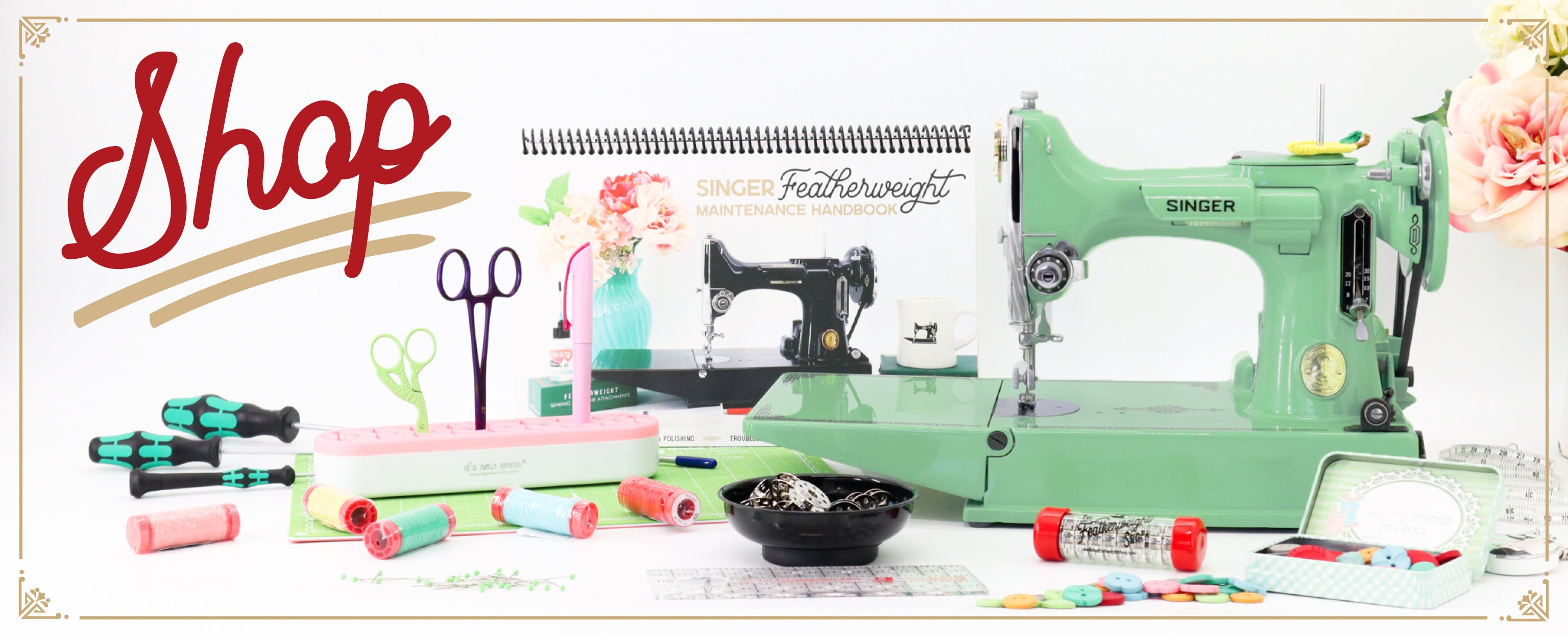Singer Featherweight
Schoolhouse
Categories
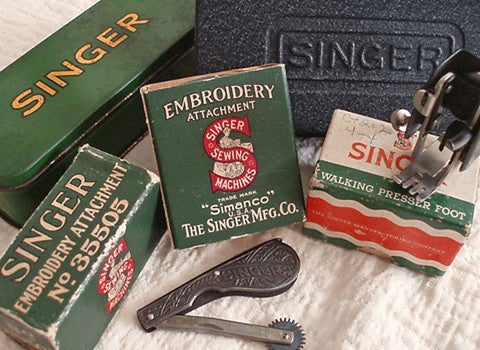
Vintage Singer Attachments & Accessories Identification Chart
(If using a mobile browser, this page is best viewed with your screen sideways.) This chart has Singer Attachments that are broken down into subcategories: Common Basics, Individual Spares, Mechanical Attachments, Fashion Aids, and Scarce Accoutrements. Some may fall into two or more categorie...
Read More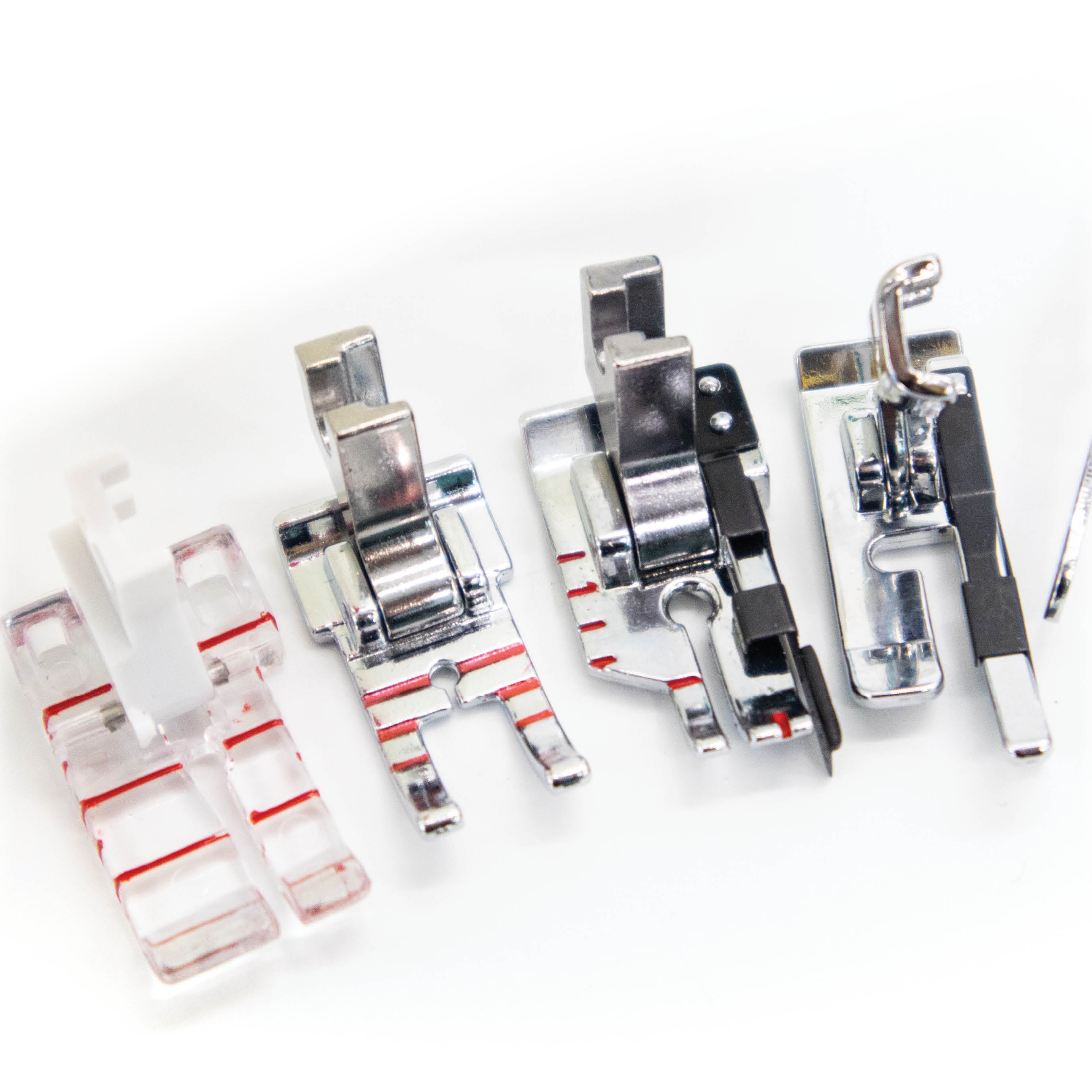
Quarter 1/4 Inch Foot Comparison
We often receive questions about the various quarter-inch feet that we carry. I had been wanting to do a comparison video for quite some time so I made this video tutorial showing the Scant 1/4" Foot, True 1/4" Foot, Spring Hinged 1/4" Foot, Patchwork 1/4" Foot, Open Toe 1/4" Foot and 1/4" Lit...
Read More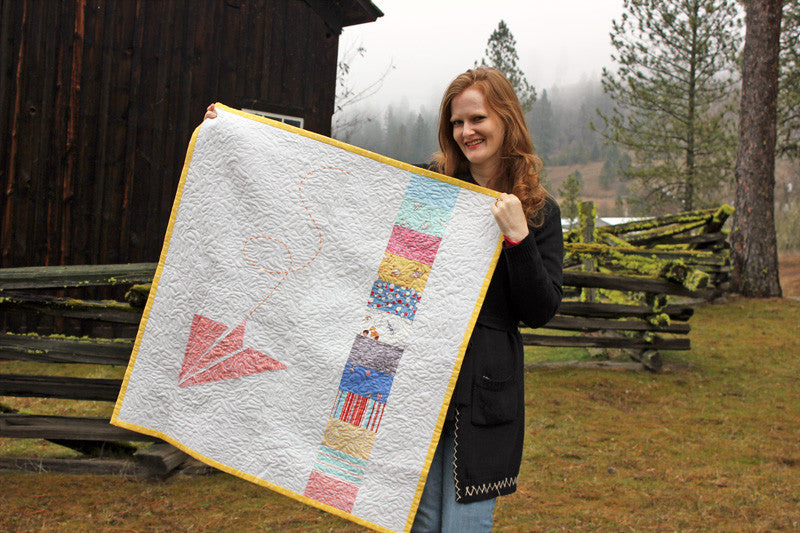
How to Free-Motion Quilt on a Singer Featherweight
You can follow along with the video tutorial below for how to free-motion quilt on your Singer Featherweight or read through the text further down. Click Here To Order Embroidery Foot Click Here To Order Embroidery Foot The foot I am demonstrating today is a new, all-metal, low shank embroi...
Read More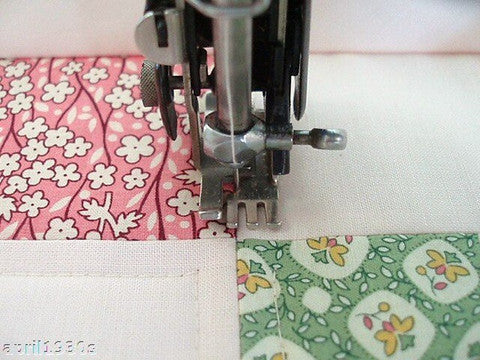
How to Use the Singer Walking Presser Foot
This Walking Foot is in a class all by itself. But then, should it be any surprise coming from the SINGER of yesterday? All metal, sturdy, high quality and with no plastic parts – it was built to last! Those factors alone help play a major role in the collector’s price tag that these fetch tod...
Read More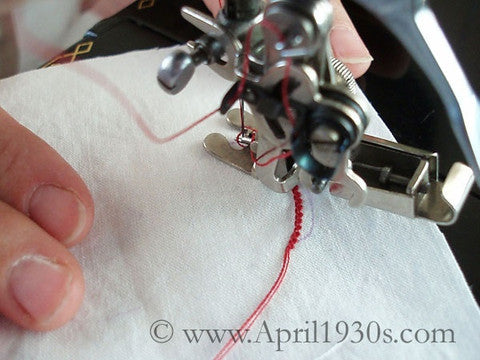
How to Use the Single Thread Embroidery Attachment
I have had many, many rare attachments over the years but this one is by far my very favorite to use. Curly-Q’s and Loopy-D-Loops make this attachment fascinating to watch! The Single Thread Embroidery Attachment was made by the Singer Manufacturing Company beginning in 1930 and continuing...
Read More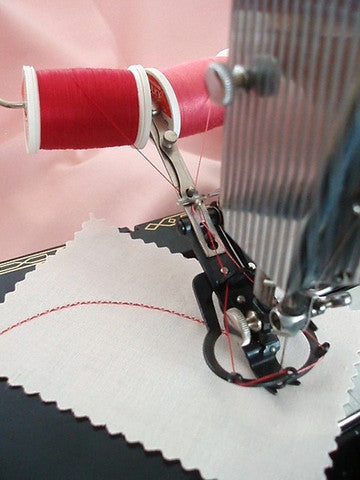
How to Use the Two Thread Embroidery Attachment
This is rather strange looking attachment, wouldn’t you say? I likened it to a preying mantis because of how the thread arms reach out and the bottom arms crisscross… Nevertheless, this is a very, very scarce attachment to find indeed! We know this attachment is expensive. It is quite a collect...
Read More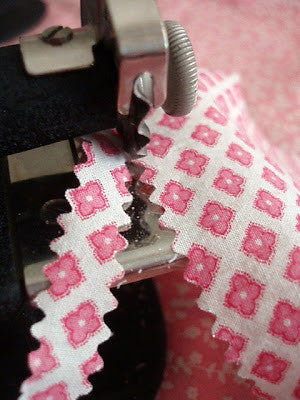
Finish Seams, Trim Dressing Tables & Lamps, Edge Chintz & Waterproof Fabrics ~ the old-fashioned Singer Pinker accessories are desirable tool for any sewing room. Above Left: Singer Hand Crank Pinker #121379 Above Right: Singer Pinking Attachment #121021 (Both styles are s...
Read More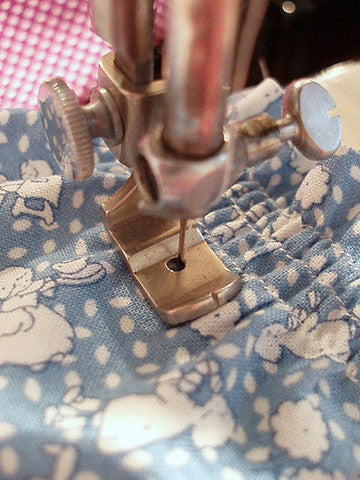
How to Use the Shirring Foot Attachment
Shop Shirring Foot Here Ever wonder what you can do with this little attachment? Using this foot has made a drastic difference in the ease of shirring, so I thought I would tell you about this obscure Singer Attachment. It's called a Shirring Foot or sometimes referred to as the gathering atta...
Read More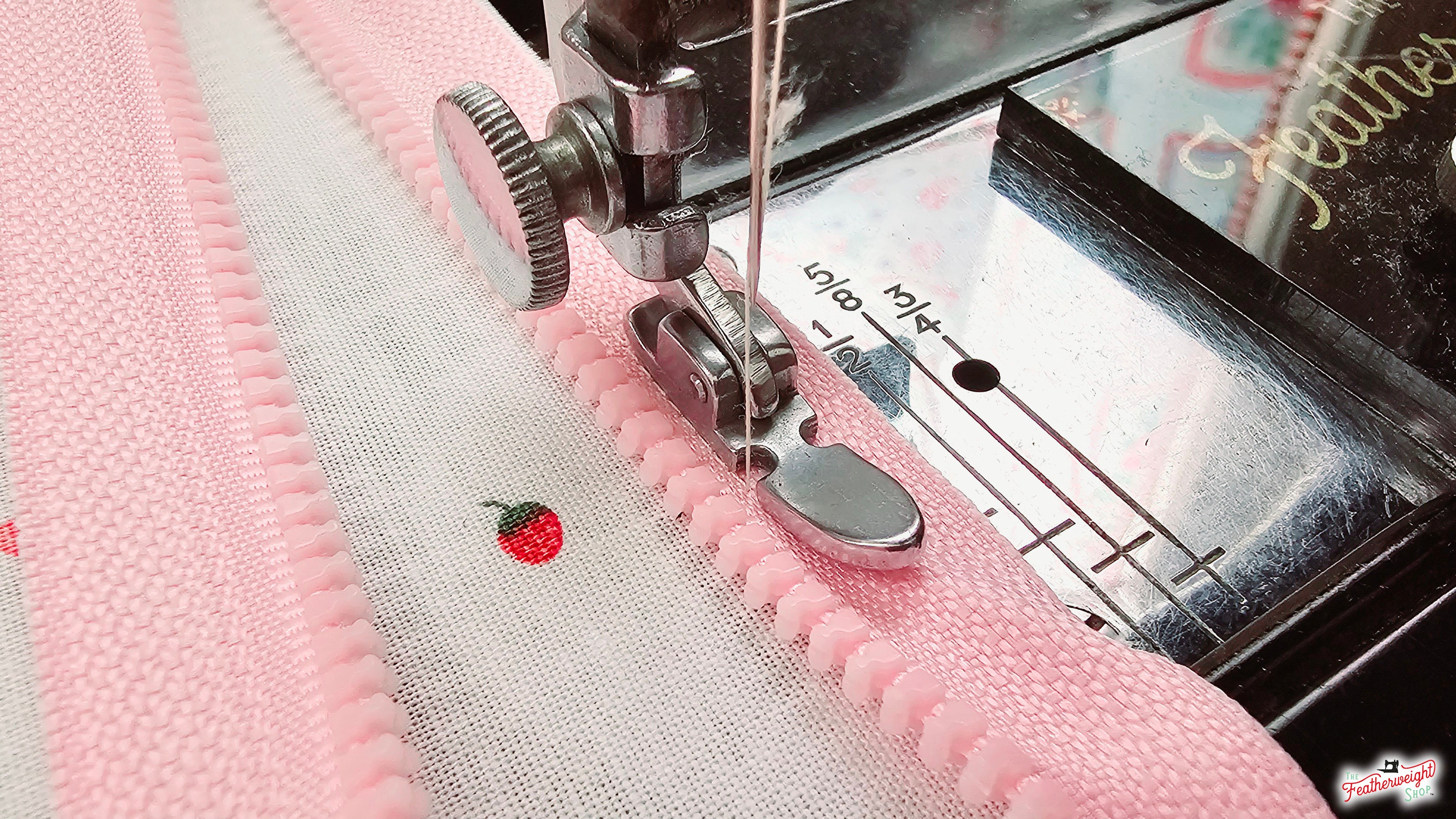
Zipper Feet Sewing on a Featherweight - Regular or Invisible
For traditional zippers, you can use either the old-fashioned wide Singer Zipper Foot Attachment or the Narrow Zipper Foot Attachment (both shown below) or even the new Narrow Zipper Foot Attachment. I've found that it makes little difference for application, wide or narrow, which foot is used. ...
Read MoreUsing the 1/4" Narrow Hemmer for a Vintage Styled Apron
Amazing. Simple. Let me say it again - A-M-A-Z-I-N-G! Constructing a little apron for my daughter's Kindergarten teacher I decided to see if I could try out the 6mm or 1/4" Narrow Hemmer foot (6mm) to quickly hem the ruffle pieces prior to gathering the opposite edge. I did a quick fin...
Read More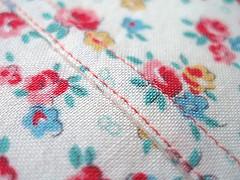
This tutorial was featured on the Oliver + S blog. A flat-felled seam is accomplished by sewing two lines of stitching at the seam while simultaneously enclosing the raw edges of the fabric. This seam finish not only prevents unraveling or fraying but makes the seam very strong. It also gives th...
Read MoreHow to Use the Singer Tucker Attachment
How to sew pintucks using an old-fashion Singer Tucker Attachment. This demonstration was with a Singer Featherweight 222 Sewing Machine. The video was created back before we had cell phone video coverage, and we could only do it in one take with our limited technology. But, this should help gi...
Read More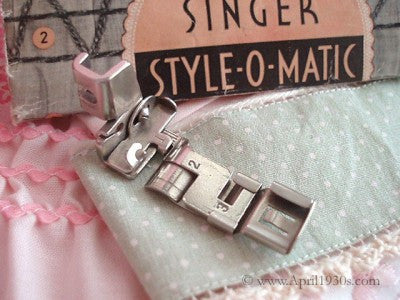
How to Use the Singer Style-O-Matic Attachment
The SINGER Style-O-Matic Attachment with 17 Different Finishes all in one Attachment. Singer introduced this amazing little gadget in 1934 and after that, it has been referenced in very, very few publications and advertisements. A very short-lived attachment - making it a very scarce collectib...
Read More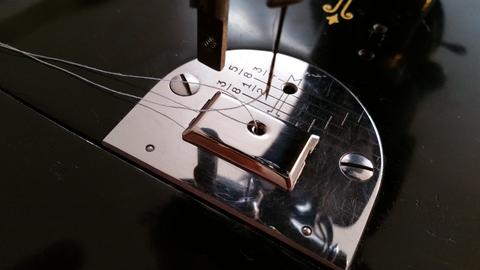
How to Attach the Feed Dog Cover Plate
We here at The Featherweight Shop are really excited to introduce the feed cover plate designed specifically for the Singer Featherweight 221. It is an exact replica from the very, very scarce-to-find (and expensive) original feed cover plate attachment. Unlike the plates that screw onto the b...
Read More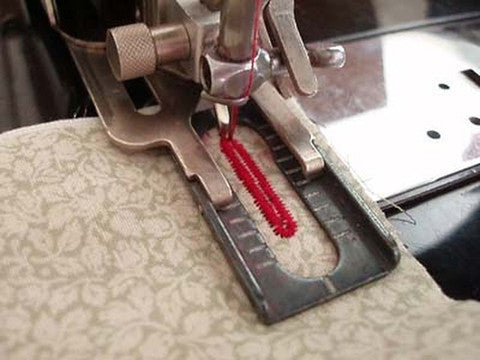
How to Use the Singer Buttonholer Attachment
Beautiful, perfect and easy! ‘Sew’ easy in fact, it’s practically hands-free! Believe me, this buttonholer is still preferred by long-time sewists, even over the fancy, expensive machines with built-in buttonhole features. It’s amazing how the technology of yesterday still holds true all these...
Read More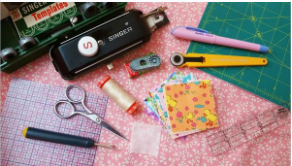
How to Make a Buttonhole and Eyelet Hole (perfect for the Mini Dresden Spool Pin Plate Pattern)
Isn't it darling?!! We are so excited to make this free pattern available to you! Click here to subscribe to our newsletters and receive the FREEDresden Spool Pin Plate PDF pattern link Follow the link above to subscribe to our newsletter, because only subscribers will receive access to th...
Read More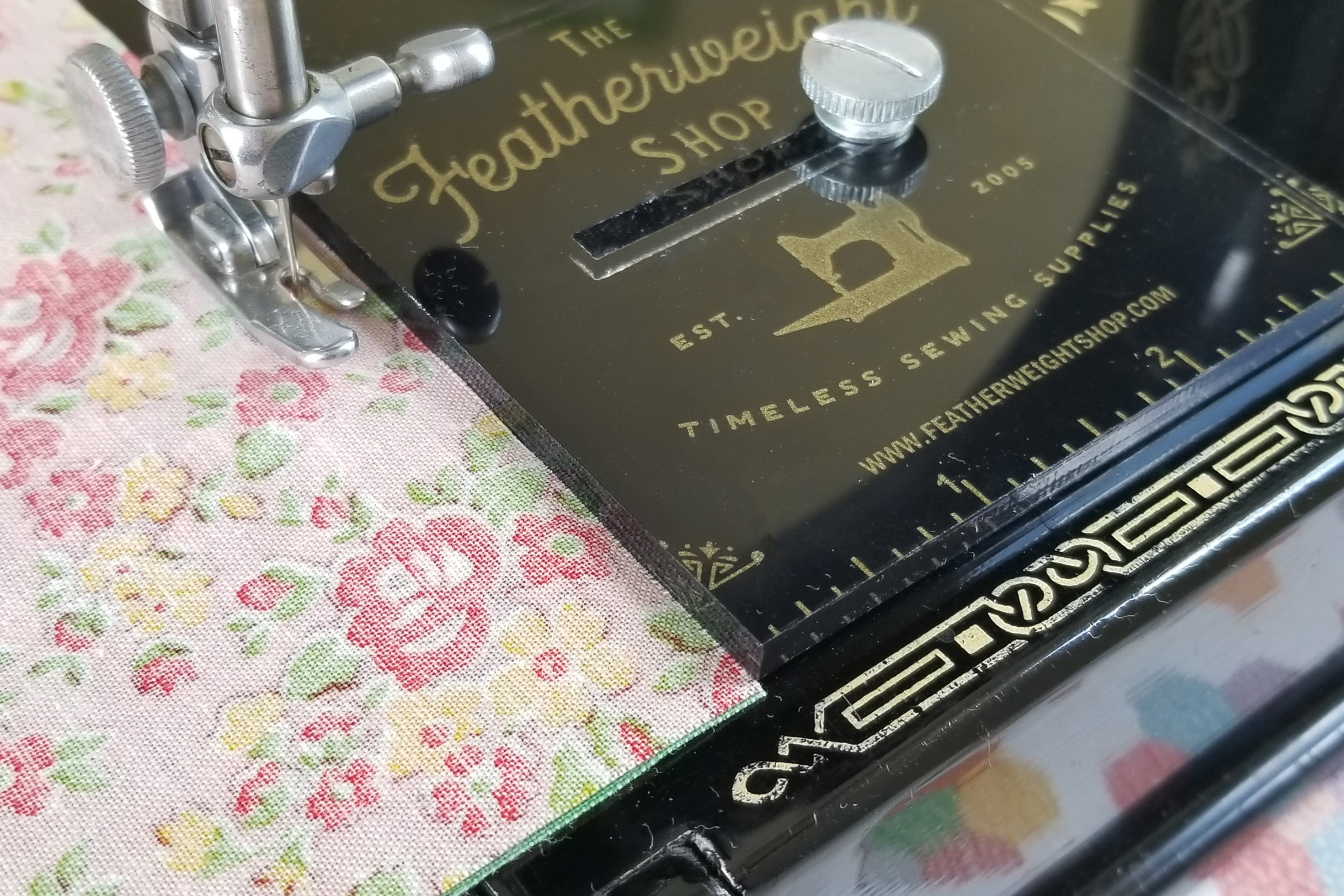
How to Install & Use the Featherweight Accurate Seam Guide & Square
This seam guide is designed so that you can easily and accurately piece your quilt blocks. Whether you prefer a scant or a true quarter inch (1/4") seam (or even beyond), your seams will have consistent seam allowances throughout your quilt or sewing project. Some people prefer a 1/4" foot at...
Read More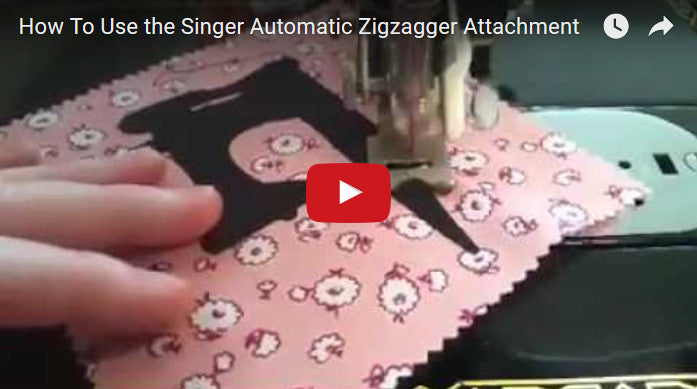
How To Use The Singer Automatic Zigzagger Attachment
This video tutorial will show you how I used the Singer Automatic Zigzagger Attachment to do applique on my Singer Featherweight. Yes, my straight stitch sewing machine was able to do a dainty little applique stitch using a vintage Singer Zigzag Attachment. These zigzaggers were available for e...
Read More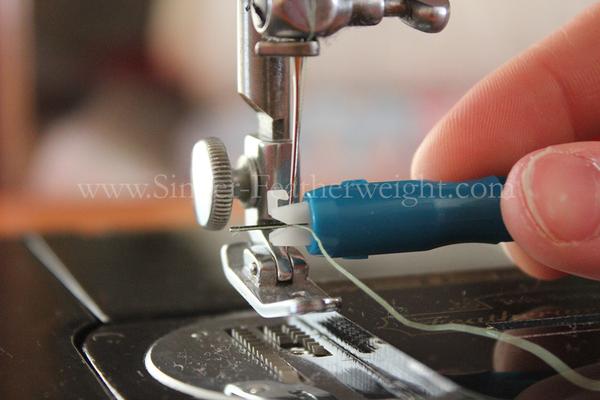
Introducing the Super Easy Machine Needle Threader
We are so excited to now offer the Super Easy Machine Needle Threader for your Singer Featherweight. This will work on ALL household sewing machines, too, but we are partial to our Featherweights, aren't we?! As an added bonus, it not only is helpful as a needle threader, but it easily inserts...
Read More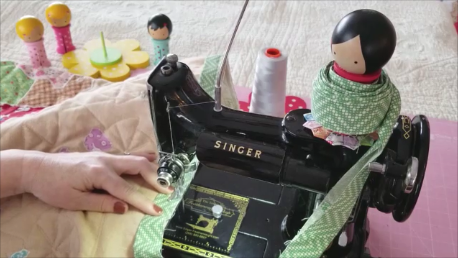
Binding Babies -- Easily Bind a Quilt on a Singer Featherweight
Binding Babies™ by Doohikey Designs have made binding a quilt easy, fun and tidy, especially with your Singer Featherweight 221 or 222! This is our newest featured product here at the Featherweight Shop, and so we created this quick video tutorial to show you how to use the Binding Baby and Flow...
Read More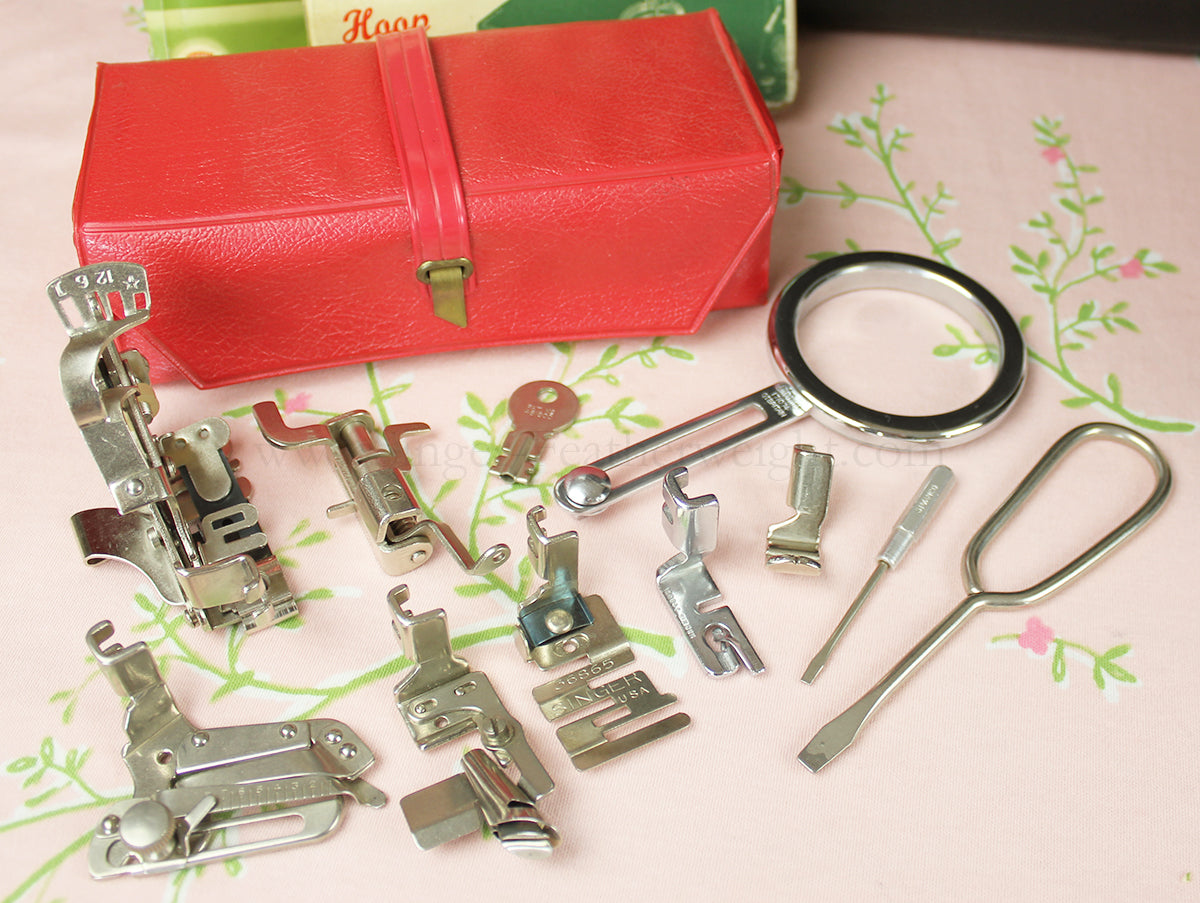
What accessories originally came with my Featherweight?
The Featherweight is like many other vintage and collectible items; having all the original accessories makes the item more desirable and possibly even more valuable. The question then must be asked, "Do I have all my original accessories?" We know the machine would have originally included a f...
Read More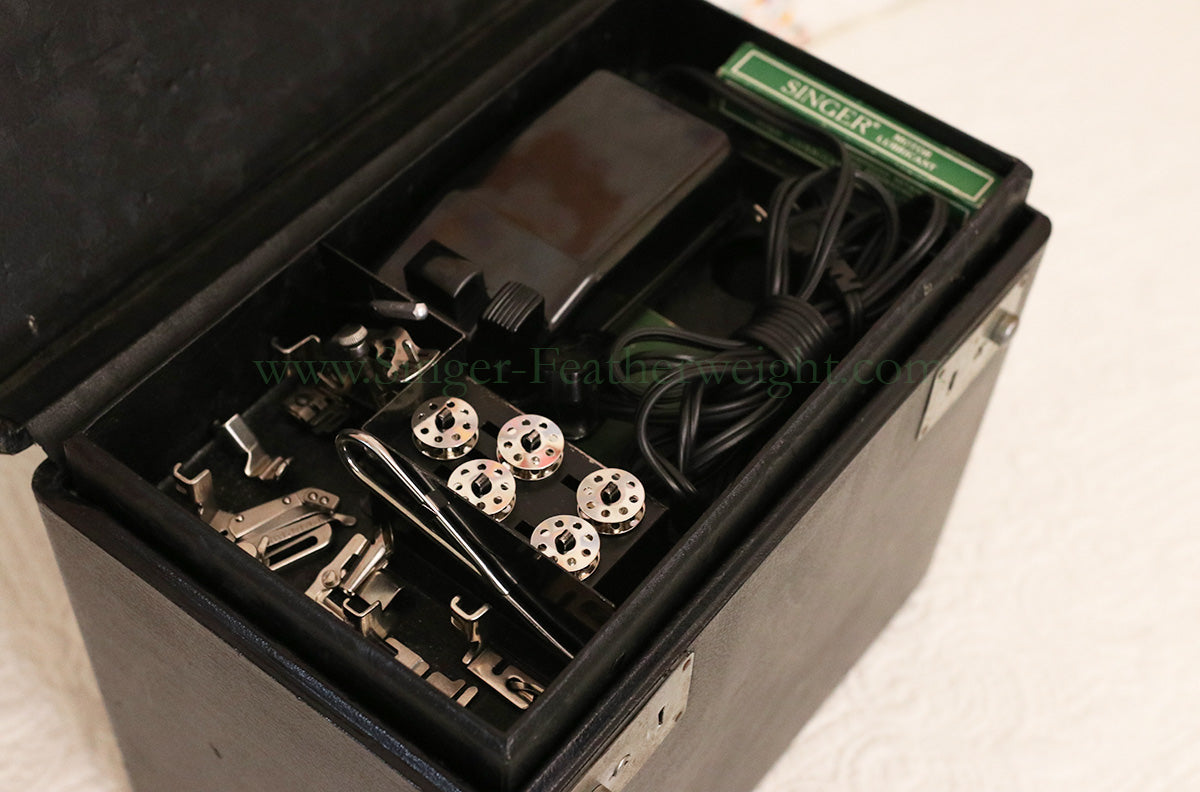
How to Pack up the Featherweight and its Accessories in the Case
One question that we get quite often here in the shop is, "how does everything fit in my Featherweight case?" Singer did change the Featherweight cases throughout the years, so packing everything up wasn't always the same. You might be able to get it all in the Case if you pile it in all random...
Read More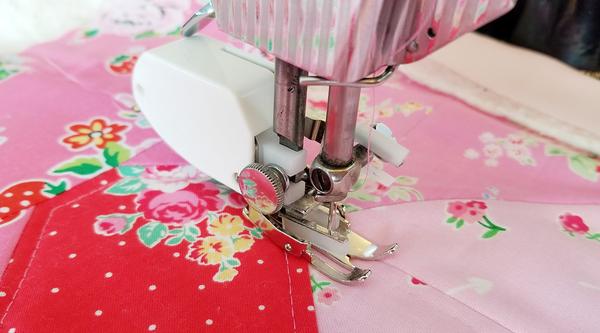
How to Quilt with a Walking Foot on a Singer Featherweight
Learn to Quilt on the Singer Featherweight! For quilting, the easiest and most economic option is to use the Walking Foot designed for the Singer Featherweight. The teeth on the walking foot align to the teeth on the feed dogs so this will eliminate any unnecessary shifting and allow for more ...
Read More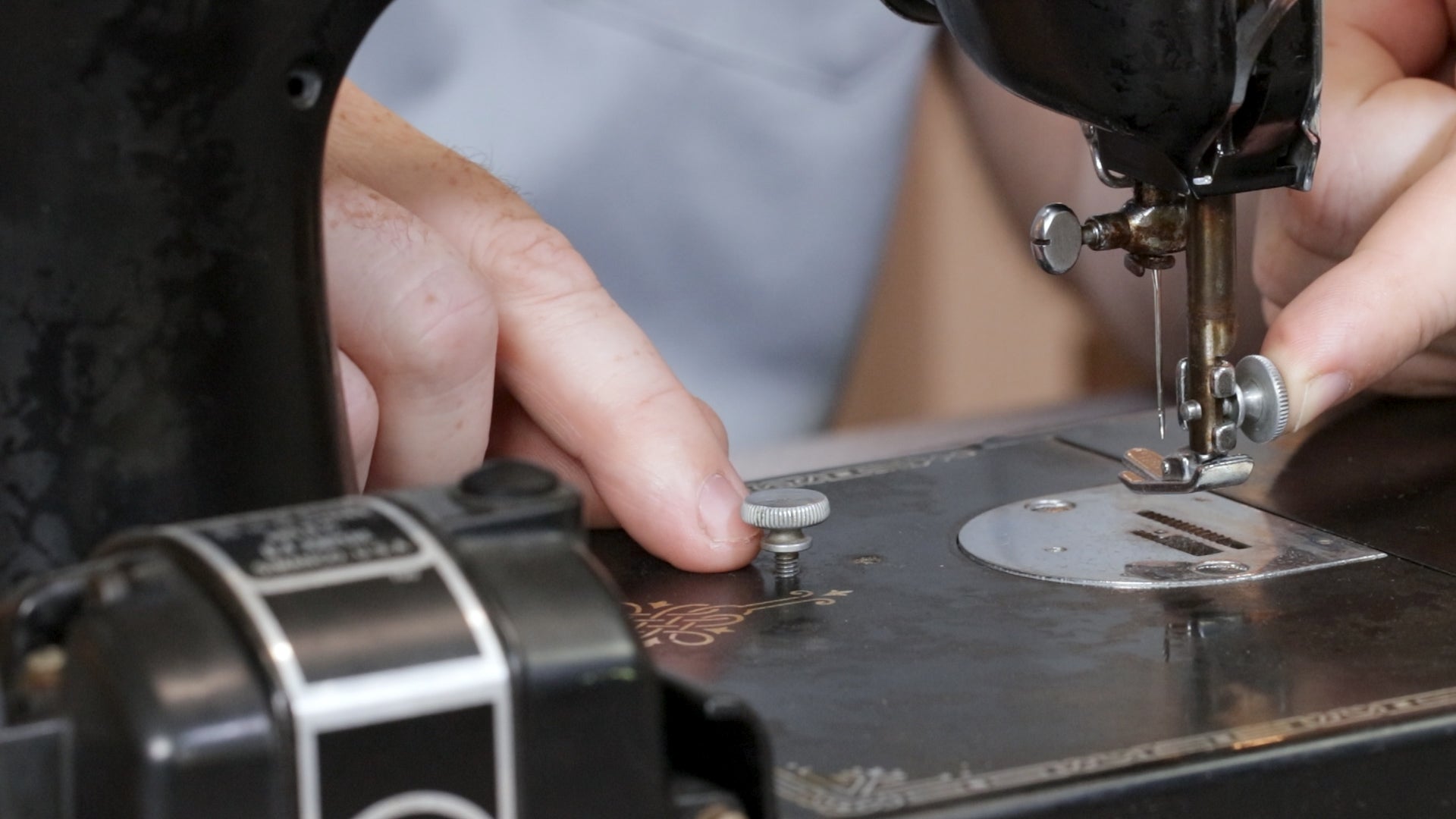
Cleaning & Repair for Secure Thumb Screw Placement
NOTE: This tutorial is for the Singer Featherweight 221 model in original black, white or tan. It will work for the Featherweight 222 as well, but the throat plate on a 222 is made of steel, so this technique will rarely be necessary. Products and Tools Referenced: Thumb Screw (Vintage) Thum...
Read More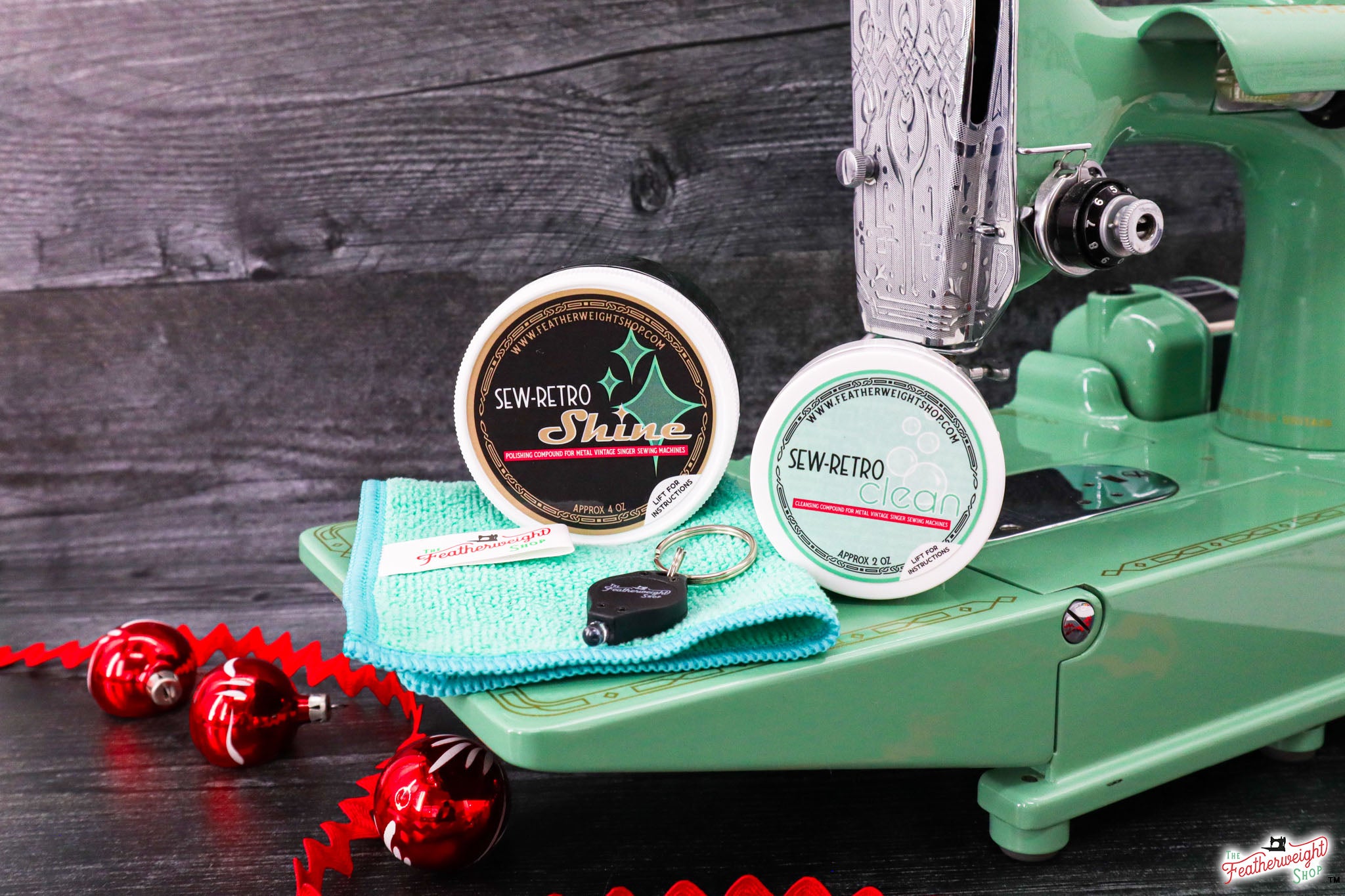
How to Clean & Polish Your Singer Featherweight
Easy to clean and easy to polish! Have you ever wondered how some Featherweight machines look polished and beautiful while others look dull or oily? Watch the video tutorial below all the way through and learn how to take your average looking Featherweight and turn it into something beautifully...
Read More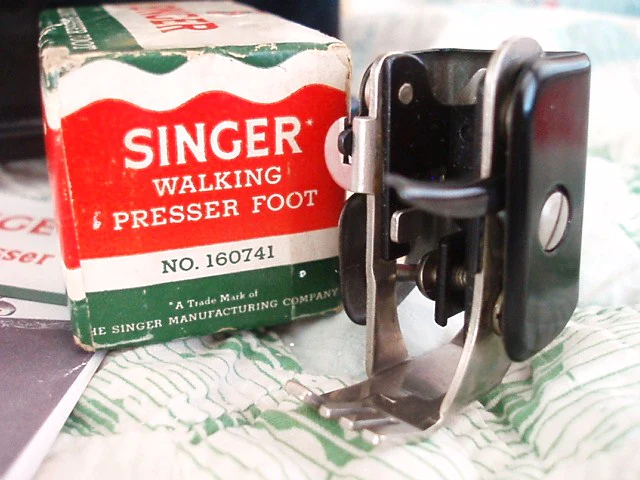
What Is The Correct Way Of Identifying A Singer Walking Presser Foot AKA?
The Singer Walking Presser Foot, also known as "The Penguin" due to its adorable waddle while sewing, is one of the most sought-after Singer accessories. 'Penguin' is not an official Singer name, rather it was a cute descriptor applied by a Featherweight collector in the early 2000s. The all-me...
Read More
